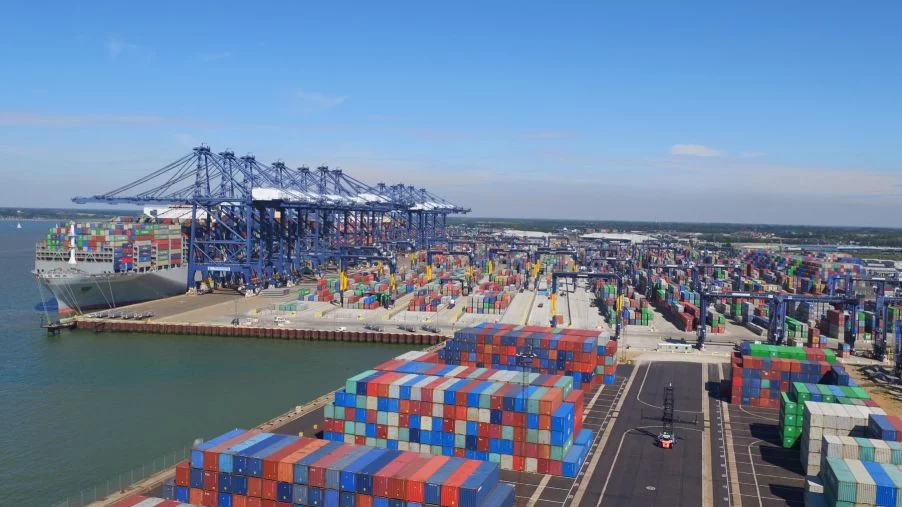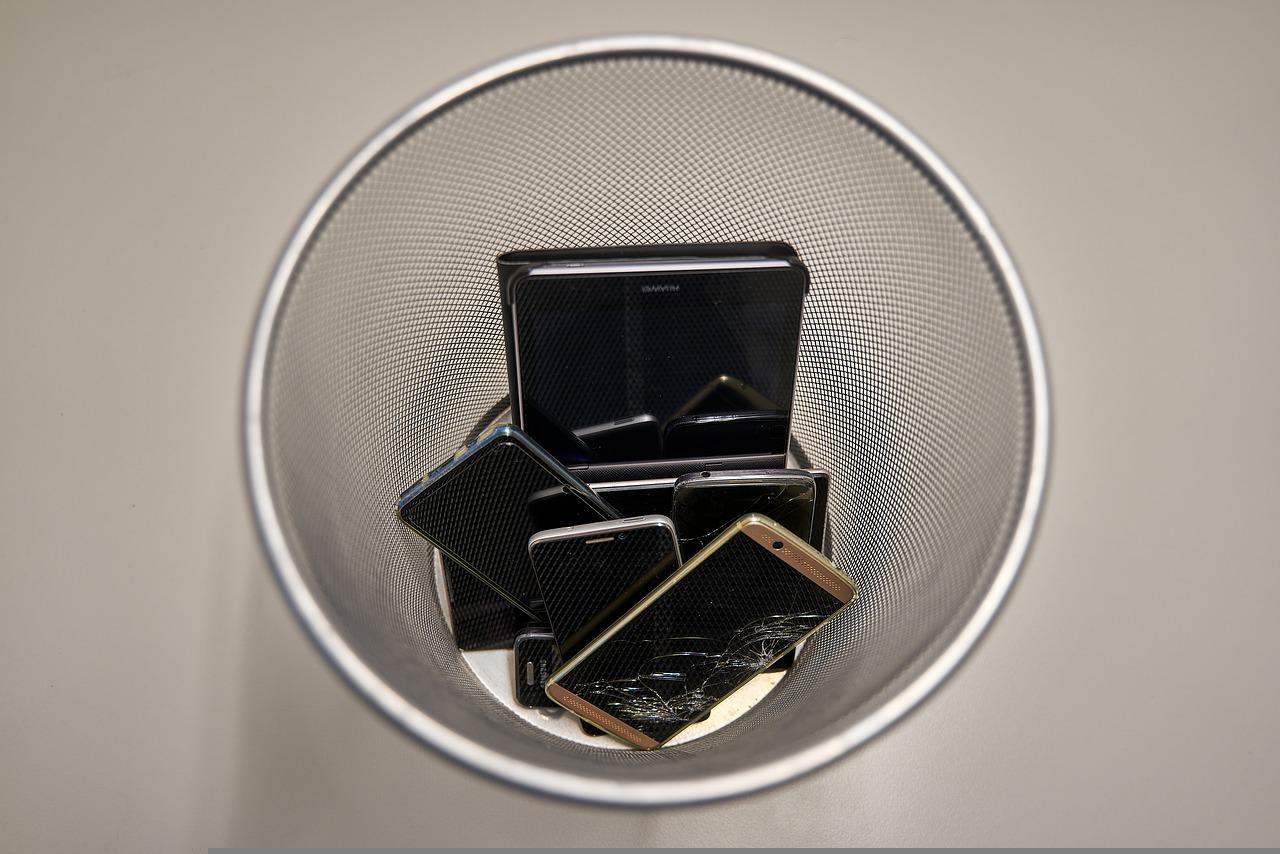Through a new partnership with Hapag-Lloyd, a leading global liner shipping company, Forto has launched a biofuel programme for ocean shipping customers who seek to reduce their transport emissions. Customers booking full container load (FCL) sea freight shipments with Forto can now add the use of advanced biofuel to their bookings, effectively reducing 100% of their transport’s greenhouse gas emissions. As Hapag-Lloyd has extended its biofuel strategy to work with selected key partners, Forto has delivered the first customer in Hapag-Lloyd’s biofuel programme.
Shipping goods with second- and third-generation biofuel options through Forto and Hapag-Lloyd is designed to make it easy for customers to reduce scope 3 emissions and achieve emission reduction goals. Forto supports customers throughout the process. When selecting a biofuel option, customers receive data-based visibility over the impact of biofuel on sea freight-related greenhouse gas emissions and certificates issued by a third-party monitored process.
Michael Wax, CEO and Co-Founder of Forto, said: “Making the shift away from the logistics industry’s reliance on fossil fuels is an essential step towards a greener future. We see it as our responsibility to continue to deliver transparent and credible solutions that can help our customers navigate this journey as they strive to reduce their environmental impact.
“Hapag-Lloyd has made a decisive investment in a commercially available biofuel product and their sustainability strategy is amongst the boldest steps towards the reduction of greenhouse gas emissions in the industry.”
Mirja Nibbe, Managing Director Area Germany and Central Europe for Hapag-Lloyd, added: “The biofuel offer for our customers plays an important role as a first step on our journey towards being net-zero. It is through close collaboration between Hapag-Lloyd and our customers to jointly tackle the challenges ahead of us. Thus, we are very happy to work together with Forto on this important topic.”
In November 2021, Hapag-Lloyd announced its new sustainability strategy with the target to be net zero carbon by 2045. As part of Hapag-Lloyd’s commitment to decarbonisation and reduction of greenhouse gas emissions, the company has announced plans to reduce CO2e intensity (EEOI) of its entire fleet by 30% by 2030 as compared with 2019.
The new Forto biofuel initiative is the next step in the company’s strategy to drive transformation towards sustainable supply chains, with the ultimate goal of helping customers make the sustainable transport option their default choice. Forto’s range of sustainability solutions starts by providing customers with emissions visibility and information that empowers them to make impactful data-based decisions.
In addition to the biofuel programme, Forto offers CO₂e emission offsets for all modes of transport, and German-based Rail Pre- and On-Carriage intermodal volumes are transported using trains powered by renewable energy. The commitment to sustainable transport offerings is reinforced with the company’s own investments on top of those of the customers. Forto teams are trained to work together strategically with partners, customers and other stakeholders to explore sustainability options and find solutions that fit their needs.










